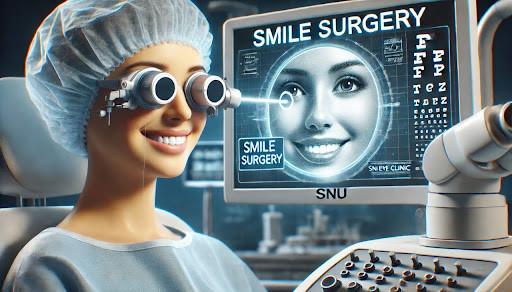When shopping for a 12 000 btu mini split air conditioner, you’ll often notice that many models highlight inverter technology as one of their key features. But what does this mean, and how does it actually improve performance? Understanding how inverter technology works can help homeowners decide whether investing in a 12,000 BTU inverter mini split is worth it.

What Is Inverter Technology in a Mini Split?
In a traditional air conditioning system, the compressor (the component responsible for cooling or heating the refrigerant) operates in an on/off cycle. When the room reaches the set temperature, the compressor shuts off, and when it gets warmer or cooler again, it restarts at full capacity.
An inverter mini split, however, works differently. Instead of shutting on and off, the compressor continuously adjusts its speed based on the room’s cooling or heating demand. This modulation allows the system to maintain a consistent indoor temperature with far less energy waste.
Benefits of Inverter Technology in a 12,000 BTU Mini Split
1. Greater Energy Efficiency
The most significant improvement inverter technology brings is energy savings. A non-inverter unit consumes more electricity because it constantly restarts at full power. In contrast, a 12,000 BTU inverter mini split gradually increases or decreases compressor speed, using only the energy required. This results in up to 30–40% lower electricity bills compared to traditional systems.
2. Consistent Comfort
Instead of experiencing temperature fluctuations caused by frequent on/off cycling, inverter mini splits maintain a steady room temperature. This is particularly valuable in bedrooms or living rooms, where comfort and stability matter most.
3. Quieter Operation
Because the compressor doesn’t constantly stop and restart, inverter mini splits run much quieter. Noise levels often stay in the 19–25 decibel range, which is comparable to a whisper. This makes them especially ideal for bedrooms, offices, or study rooms.
4. Extended Lifespan of the System
Frequent cycling in non-inverter systems puts extra strain on components, leading to faster wear and tear. Inverter compressors operate more smoothly and consistently, which helps extend the lifespan of a 12,000 BTU mini split. With proper maintenance, many last 15 to 20 years or more.
5. Better Performance in Extreme Conditions
Inverter mini splits are highly adaptable to climate variations. Whether temperatures rise in summer or drop in winter, the inverter system adjusts output to meet demand efficiently. Many models with inverter technology can even provide reliable heating in sub-zero conditions.
Why Inverter Technology Matters for a 12,000 BTU Mini Split
The 12,000 BTU capacity is often chosen for medium-sized rooms, typically 400–600 square feet. These spaces can experience frequent changes in temperature due to sunlight exposure, electronics, or multiple occupants.
With inverter technology:
-
The system quickly cools or heats the room when needed, then smoothly lowers compressor speed to maintain balance.
-
Users enjoy zoned climate control, adjusting temperatures room by room without wasting energy.
-
Comfort is maximized while monthly electricity bills are minimized.
This makes a 12,000 BTU inverter mini split not only an efficient option but also a cost-effective long-term investment.
Conclusion
So, how does inverter technology improve a 12,000 BTU mini split?
It enhances the system by delivering higher energy efficiency, quieter operation, consistent comfort, longer lifespan, and better performance in extreme climates. Compared to traditional AC systems, inverter-driven mini splits offer both immediate comfort and long-term savings.
For homeowners looking to cool or heat a medium-sized room, choosing a 12,000 BTU inverter mini split is one of the smartest decisions for achieving reliable, eco-friendly, and budget-friendly comfort.


